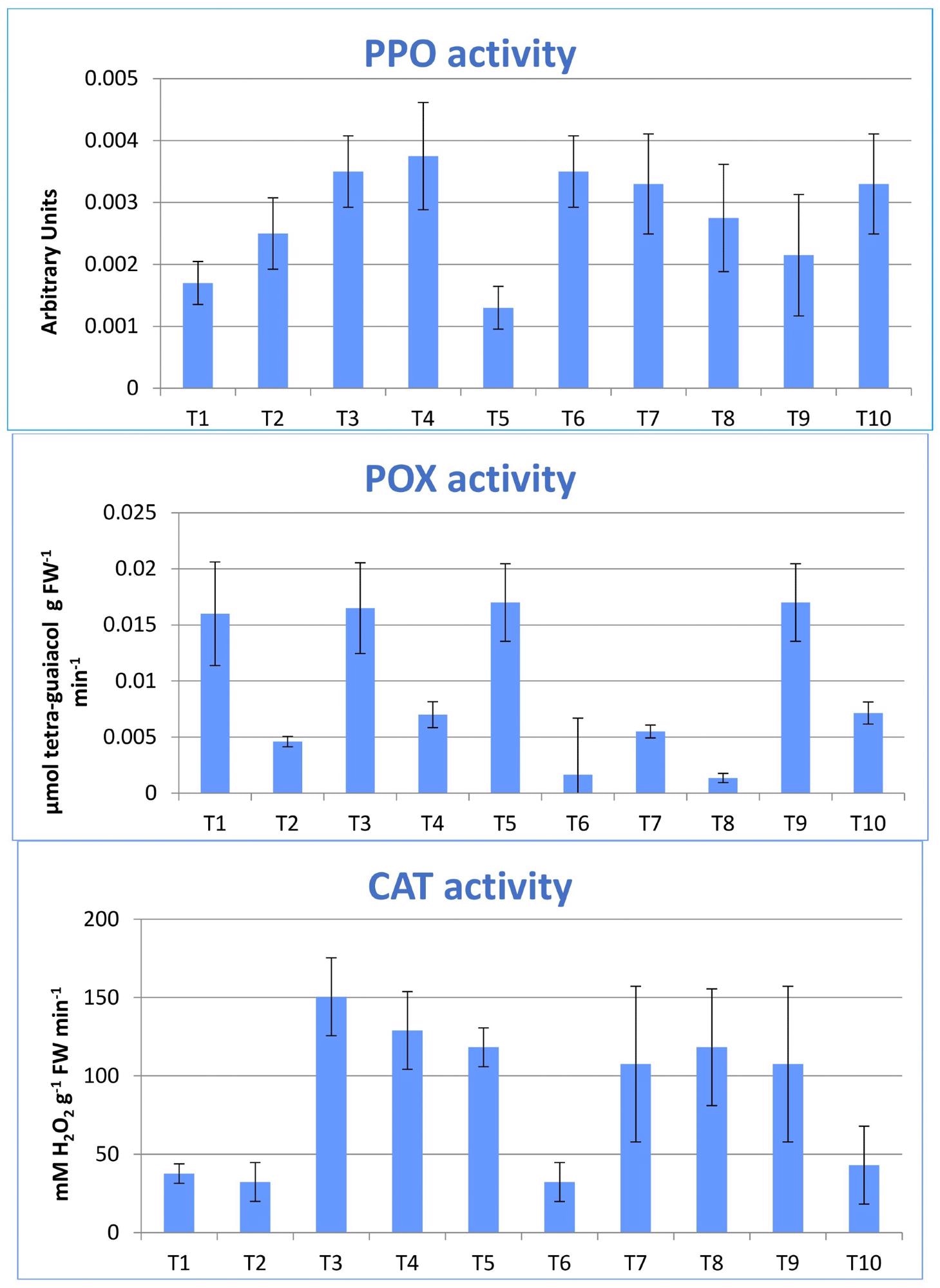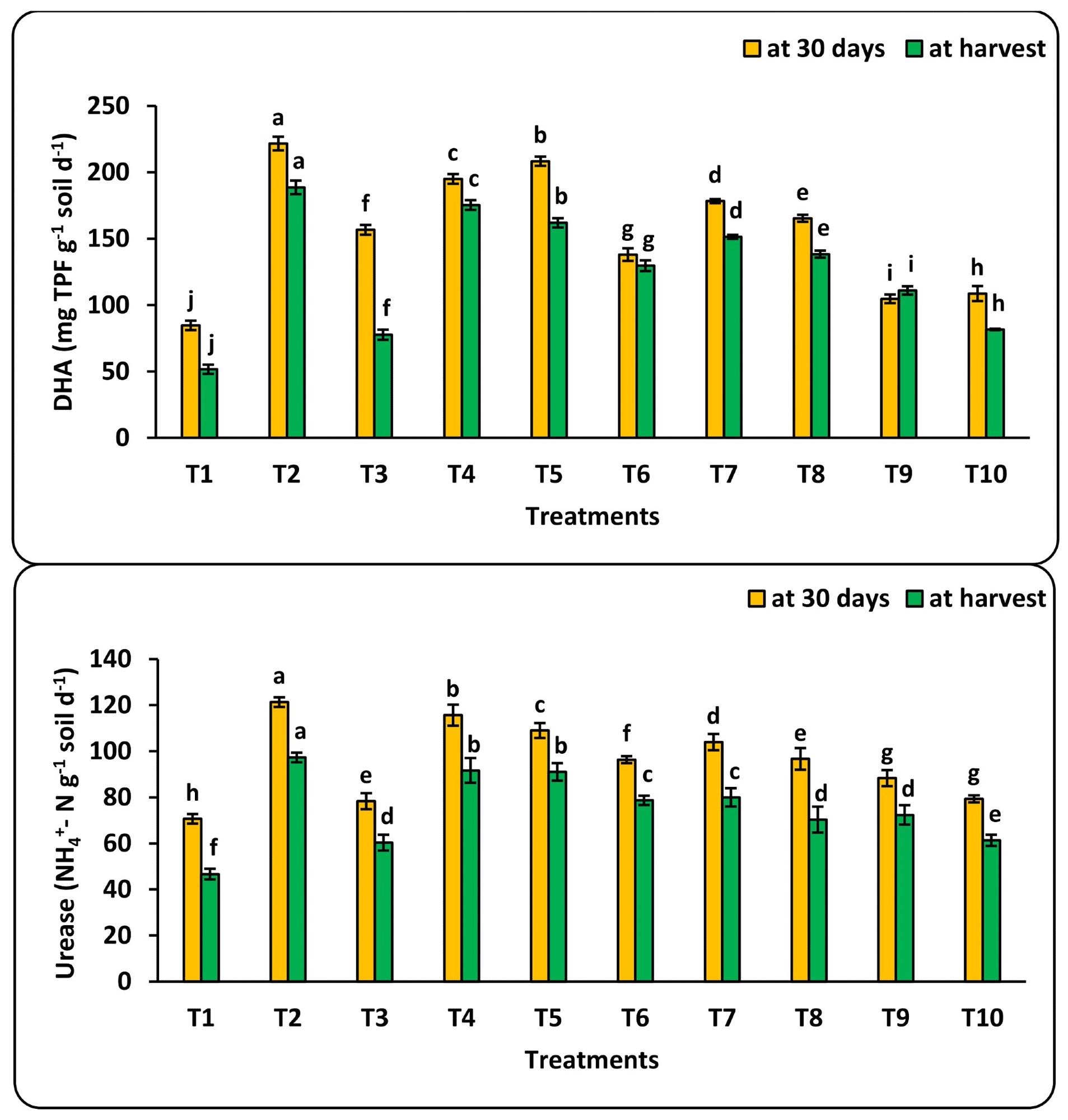Increased water consumption worldwide has resulted in low-quality water resources utilized for crop irrigation in the agricultural sector; however, these sources tend to be contaminated. New research published in the MDPI sustainability explores whether the addition of nanofertilizers can enhance these water sources.
Here, the team investigated the effects of nanofertilizers on saline water sources in tomato crops.
Harmful Effects of Conventional Fertilizers
Owing to the extensive utilization of mineral fertilizers and pesticides, traditional fertilizers have produced several ecological threats, including food poisoning and soil deterioration.
Excess nitrogen in the air and water from fertilizers can cause respiratory problems, heart illness, and many malignancies, as well as hinder agricultural development and boost hypoallergenic pollen output.
Keeping in mind the low effectiveness of traditional fertilizer use (ranging from 20 to 40 %), a large proportion of these fertilizers eluted into aquifers and ultimately streams, causing financial damage, eutrophication, and public health complications.

Are Nanofertilizers a Viable Option?
Considering these limitations of conventional fertilizers, nano fertilizers are an advantageous alternative. Nanofertilizers are thought to be interesting substances because they exhibit the distinctive properties of nanoparticles at the nanoscale.
Many studies have found advantages regarding the usage of nanofertilizers on agricultural plants such as hay, soy, potatoes, maize, and oats. Benefits include improved quality of the fruit, production, and storability, as well as reduced nutrient leakage into the soil following harvesting of crops.
Iron, copper, selenium, and zinc are the most frequent minerals that are already used as nutrient-based nanofertilizers.
Why Quality of the Irrigation Water Matters?
Irrigation quality of water is a constraining element in the agriculture industry worldwide, with different irrigation water quality parameters such as salinity and sodium adsorption ratio (SAR), sodium, manganese as well as toxic substances.
When irrigation water has a high salt concentration and toxic substances, the water loses quality and accumulates in soil samples and produced crops. This problem has been exacerbated by the extensive use of wastewater in the cultivation of crops, which contains various toxins that may continue throughout the food chain.
Many substances, including hydrogel, biochar, and nanomaterials, have been used to purify water sources. Nanomaterials have been utilized to remove contaminants such as cadmium and chromium from polluted water; however, the usefulness of nanofertilizers in increasing the productivity of farmed plants watered with poor water quality requires additional investigation.

Why Tomato Plants?
Tomato plants (Solanum Lycopersicum L.) are regarded as one of the most important vegetable crops worldwide due to their great gastronomic and commercial importance, in addition to their nutritious significance. As a result of their high oxide concentration, tomatoes are naturally strong in antioxidants and may defend against prostate cancer as well as protect human skin from UV radiation.
This crop has a long growing season and high water demands, and it can yield under a variety of conditions, including salt stress, dehydration, copper neurotoxicity, and continual watering with salty water. As a result, the current study was designed to determine if nanofertilizers (Cu and Se), either individually or in combination, can reduce the influence of salty water on tomatoes’ productivity and quality.
Result Findings
Undertreatment with average quality of water and coupled nano-Se, the longest branch growth (69.8 cm) was attained. The maximum chlorophyll concentration (79.7 SPAD) was measured following nano-Se administration and watering with low-quality water.
Among all tested properties, the number of branches per plant was the only one that had a non-significant influence on vegetative development. The highest amount of fruit yield (2.07 kg plant-1) and total soluble solid content (9.24 %) was acquired under irrigated agriculture using low quality of water (IW3) and 100 mg L-1 of nano-Cu.
The highest value of vitamin C content (mg 100 g-1 FW) was achieved under fertigation using low water quality (IW3) and a combination of 100 mg L-1 of nano-Se and nano-Cu. Furthermore, the microbiological populations of bacterium, fungi, and actinobacteria increased after 30 days of transplantation and declined in all treatment at harvests due to the negative effect of poor irrigation water quality.
In short, the controlled utilization of bio-nano fertilizers was deemed successful in boosting the productivity as well as the quality of the produced crops.
News
After 150 years, a new chapter in cancer therapy is finally beginning
For decades, researchers have been looking for ways to destroy cancer cells in a targeted manner without further weakening the body. But for many patients whose immune system is severely impaired by chemotherapy or radiation, [...]
Older chemical libraries show promise for fighting resistant strains of COVID-19 virus
SARS‑CoV‑2, the virus that causes COVID-19, continues to mutate, with some newer strains becoming less responsive to current antiviral treatments like Paxlovid. Now, University of California San Diego scientists and an international team of [...]
Lower doses of immunotherapy for skin cancer give better results, study suggests
According to a new study, lower doses of approved immunotherapy for malignant melanoma can give better results against tumors, while reducing side effects. This is reported by researchers at Karolinska Institutet in the Journal of the National [...]
Researchers highlight five pathways through which microplastics can harm the brain
Microplastics could be fueling neurodegenerative diseases like Alzheimer's and Parkinson's, with a new study highlighting five ways microplastics can trigger inflammation and damage in the brain. More than 57 million people live with dementia, [...]
Tiny Metal Nanodots Obliterate Cancer Cells While Largely Sparing Healthy Tissue
Scientists have developed tiny metal-oxide particles that push cancer cells past their stress limits while sparing healthy tissue. An international team led by RMIT University has developed tiny particles called nanodots, crafted from a metallic compound, [...]
Gold Nanoclusters Could Supercharge Quantum Computers
Researchers found that gold “super atoms” can behave like the atoms in top-tier quantum systems—only far easier to scale. These tiny clusters can be customized at the molecular level, offering a powerful, tunable foundation [...]
A single shot of HPV vaccine may be enough to fight cervical cancer, study finds
WASHINGTON -- A single HPV vaccination appears just as effective as two doses at preventing the viral infection that causes cervical cancer, researchers reported Wednesday. HPV, or human papillomavirus, is very common and spread [...]
New technique overcomes technological barrier in 3D brain imaging
Scientists at the Swiss Light Source SLS have succeeded in mapping a piece of brain tissue in 3D at unprecedented resolution using X-rays, non-destructively. The breakthrough overcomes a long-standing technological barrier that had limited [...]
Scientists Uncover Hidden Blood Pattern in Long COVID
Researchers found persistent microclot and NET structures in Long COVID blood that may explain long-lasting symptoms. Researchers examining Long COVID have identified a structural connection between circulating microclots and neutrophil extracellular traps (NETs). The [...]
This Cellular Trick Helps Cancer Spread, but Could Also Stop It
Groups of normal cbiells can sense far into their surroundings, helping explain cancer cell migration. Understanding this ability could lead to new ways to limit tumor spread. The tale of the princess and the [...]
New mRNA therapy targets drug-resistant pneumonia
Bacteria that multiply on surfaces are a major headache in health care when they gain a foothold on, for example, implants or in catheters. Researchers at Chalmers University of Technology in Sweden have found [...]
Current Heart Health Guidelines Are Failing To Catch a Deadly Genetic Killer
New research reveals that standard screening misses most people with a common inherited cholesterol disorder. A Mayo Clinic study reports that current genetic screening guidelines overlook most people who have familial hypercholesterolemia, an inherited disorder that [...]
Scientists Identify the Evolutionary “Purpose” of Consciousness
Summary: Researchers at Ruhr University Bochum explore why consciousness evolved and why different species developed it in distinct ways. By comparing humans with birds, they show that complex awareness may arise through different neural architectures yet [...]
Novel mRNA therapy curbs antibiotic-resistant infections in preclinical lung models
Researchers at the Icahn School of Medicine at Mount Sinai and collaborators have reported early success with a novel mRNA-based therapy designed to combat antibiotic-resistant bacteria. The findings, published in Nature Biotechnology, show that in [...]
New skin-permeable polymer delivers insulin without needles
A breakthrough zwitterionic polymer slips through the skin’s toughest barriers, carrying insulin deep into tissue and normalizing blood sugar, offering patients a painless alternative to daily injections. A recent study published in the journal Nature examines [...]
Multifunctional Nanogels: A Breakthrough in Antibacterial Strategies
Antibiotic resistance is a growing concern - from human health to crop survival. A new study successfully uses nanogels to target and almost entirely inhibit the bacteria P. Aeruginosa. Recently published in Angewandte Chemie, the study [...]





















